Measurements of the length of skirts, forced haircuts and "cages of shame": everyday life in South Korea in the 70s
By Pictolic https://pictolic.com/article/measurements-of-the-length-of-skirts-forced-haircuts-and-cages-of-shame-everyday-life-in-south-korea-in-the-70s.htmlWe are well aware that North Korea is a totalitarian country in which the authorities control every step of their citizens and severely punish for the slightest deviation from the rules. It turns out that South Korea, which we know today as the birthplace of the K‑pop style and one of the centers of youth fashion, was not far behind its northern neighbor in the 70s.
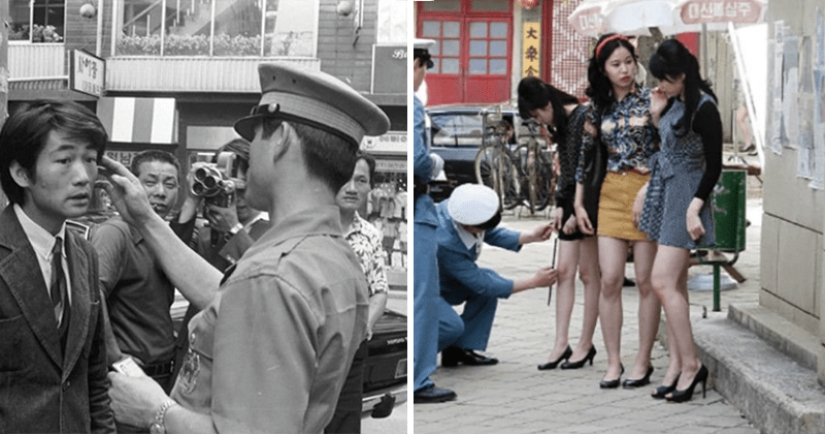
This photo below, which once flew around almost all the major world media, does not depict protesters demanding tax cuts, and not happy citizens greeting the next anniversary of who knows what. The picture shows the punished residents of one of the cities of Gyeonggi Province in South Korea, and it was in 1976.
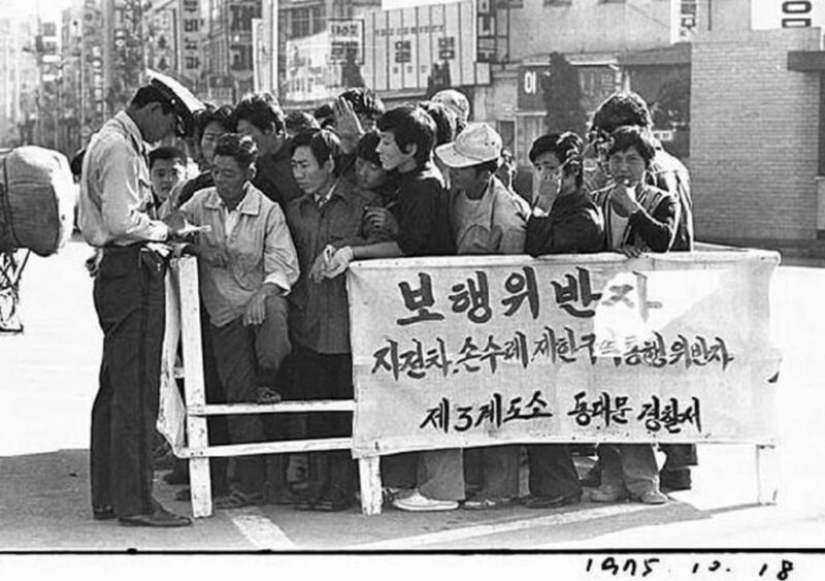
These people crossed the street in the wrong place, as indicated by the inscription on the fence. And the banner also says that it is the duty of every conscious citizen to come up and shame the people behind the fence. There are other similar shots, only they are no longer pedestrians, but dashing owners of bicycles and mopeds.
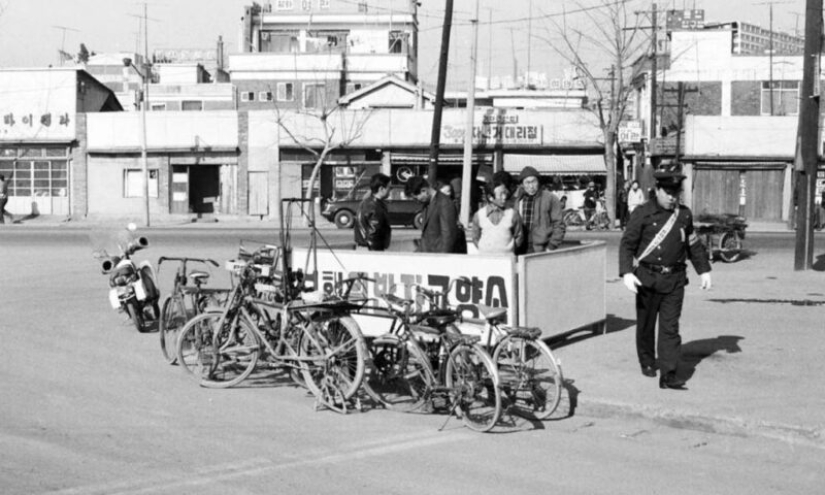
In the "cage of shame", which is the name of this fenced place, violators were placed for 30 minutes in addition to a monetary fine. There, like children in a corner, they had to realize the depth of their fall and suffer shame. Perhaps someone will approve of this approach and say that South Korea had a wise government, but we should not rush to conclusions.
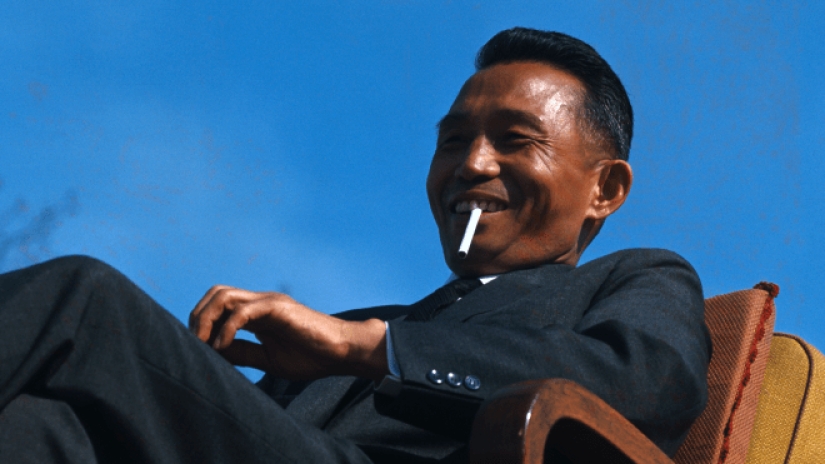
The" wise ruler " of South Korea in the 70s was the president Park Jung-hee, whom many prefer to call a dictator. After he came to power, a lot of rules and restrictions fell on the country, in almost all areas of the life of ordinary citizens.
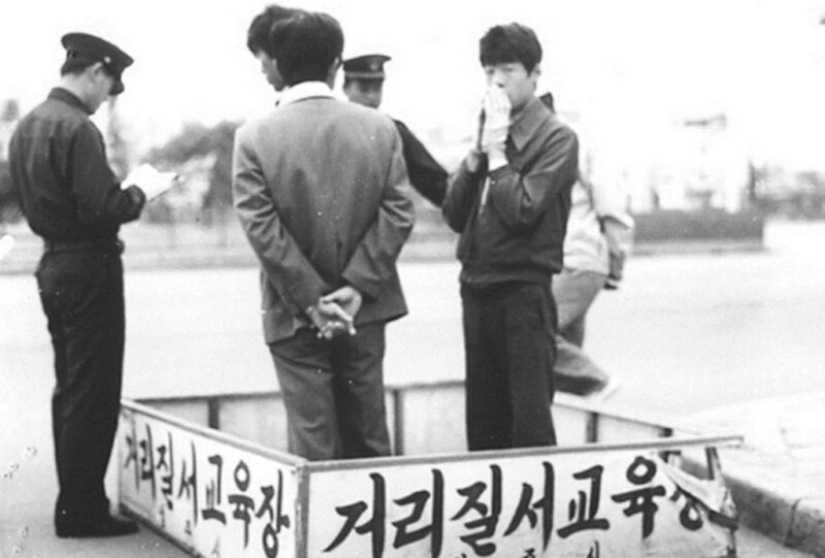
But the most famous laws of the dictator concerned the appearance of citizens, more precisely, young people. Mini reigned all over the world in the 70s, but Korean women had to beware of the extreme length of skirts. If the skirt started higher than 17 cm from the knee, the police offered the fashionista to go to the police station and there exchange a stylish thing for a skirt below the knees.
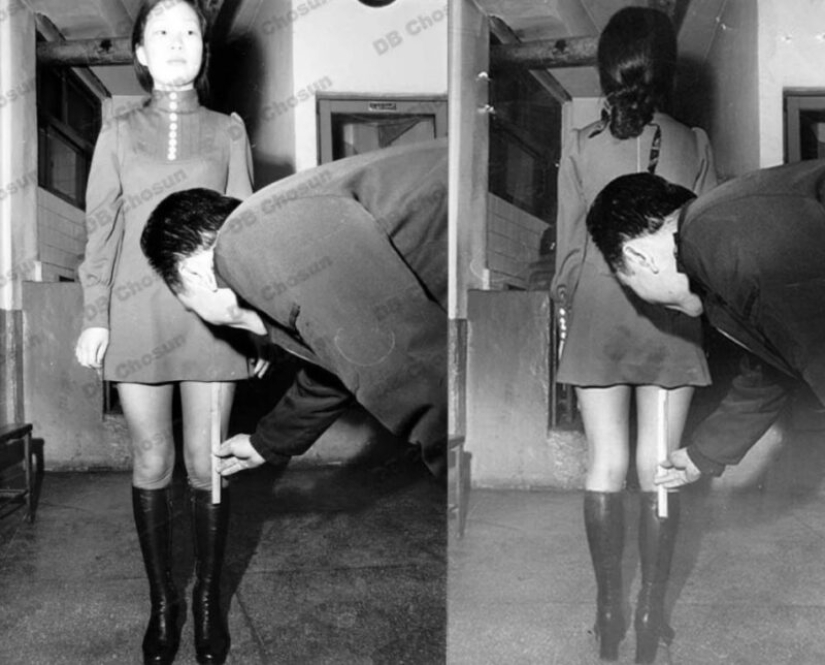
To control the length of the skirts, each police officer and freelance employee had a tape measure or ruler with which measurements were made. Agree, it's not very pleasant when a guy jumps up to you on the street with a ruler and measures clothes. Even if she is within the normal range, the mood can be hopelessly spoiled for the whole day.

But this is not all the troubles that have befallen the younger generation. The guys were forbidden to wear long hair and violators were also taken to the department, where they were simply cut under a typewriter. The classification of hairstyles is not an easy question, therefore, in order not to complicate the life of the guards, a special directive was introduced.
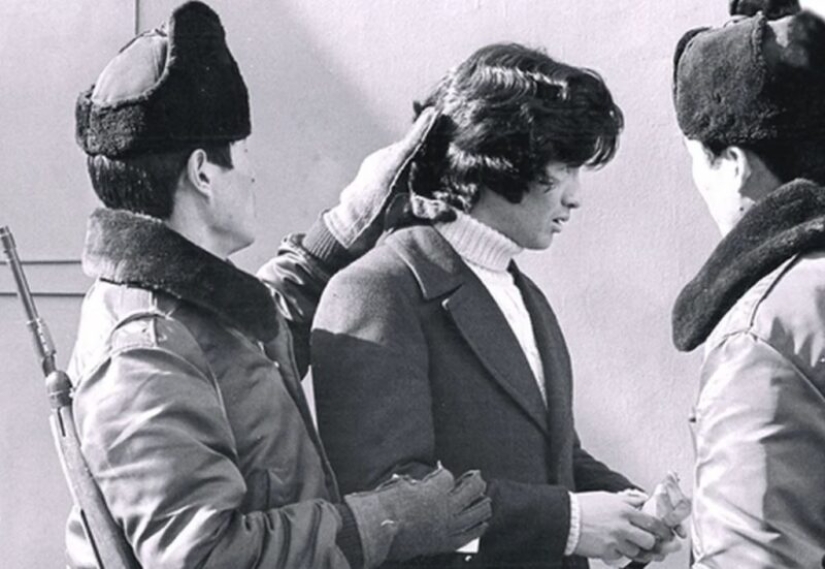
According to the order, all young men who could be confused with girls from the back were subjected to forced haircuts. It turns out that the fate of a fashionable haircut depended on what the policeman would see there and what associations he would have.
All this continued until the death of Park Jong-hee and, after the dictator was killed in an assassination attempt in 1979, his successor as head of the country lifted the restrictions. By the way, the lover of order was shot by his own head of intelligence. During the trial, he said that he saw his boss as a threat to the development of democracy in the country. He wasn't so wrong.
Keywords: Asia | South Korea | History | Hairstyle | Seoul | Dictator | Skirt
Post News ArticleRecent articles

The celebrities we are used to seeing on the screen or in history textbooks, outside of all this hype around, are ordinary people. ...

At the beginning of their career, many actors grab any role – just to light up on the screen. And then, years later, when they ...
Related articles

Women always knew that beauty requires sacrifice, and were ready to go. In the best case, these victims were tired from walking at ...

In September 1839, the solemn laying of the new Cathedral of Christ the Saviour took place. The construction lasted almost 44 ...

The best Soviet artists went far beyond the propaganda art and created real masterpieces. -- >Alexander Labas (1900-1983) An artist ...

Arabic writing is very different from Cyrillic and Latin. And this difference is not only in the form of the letters themselves. In ...